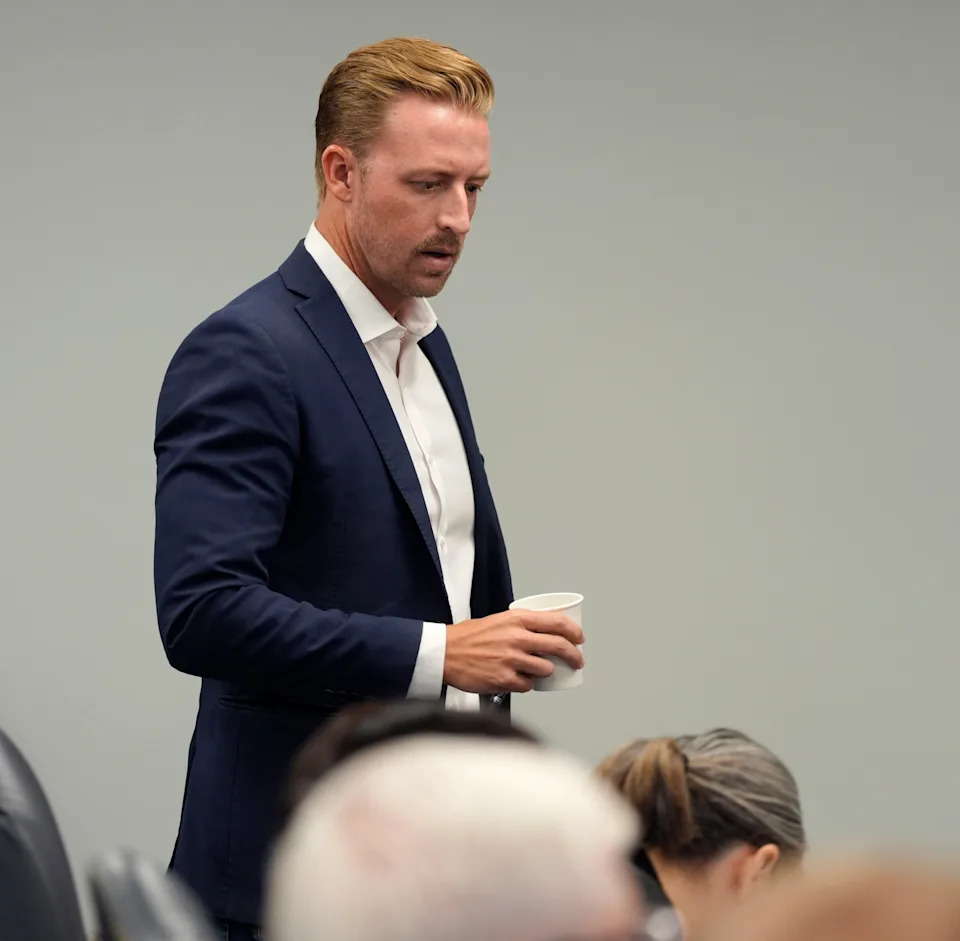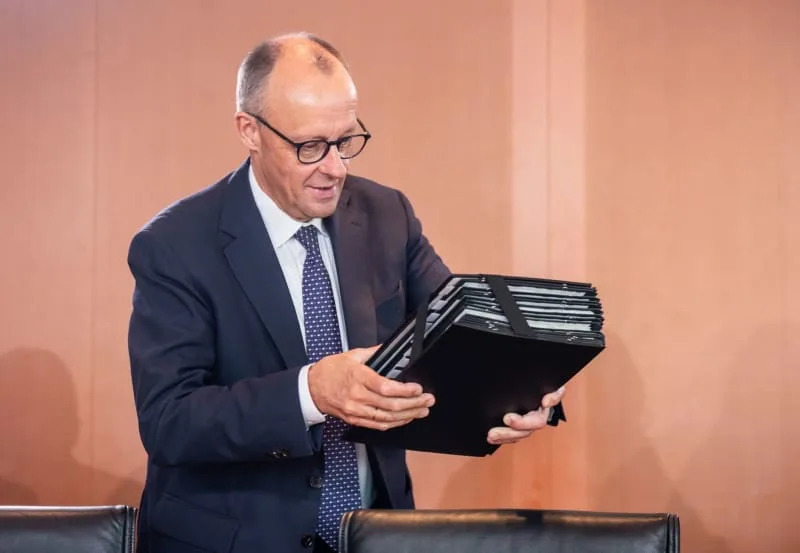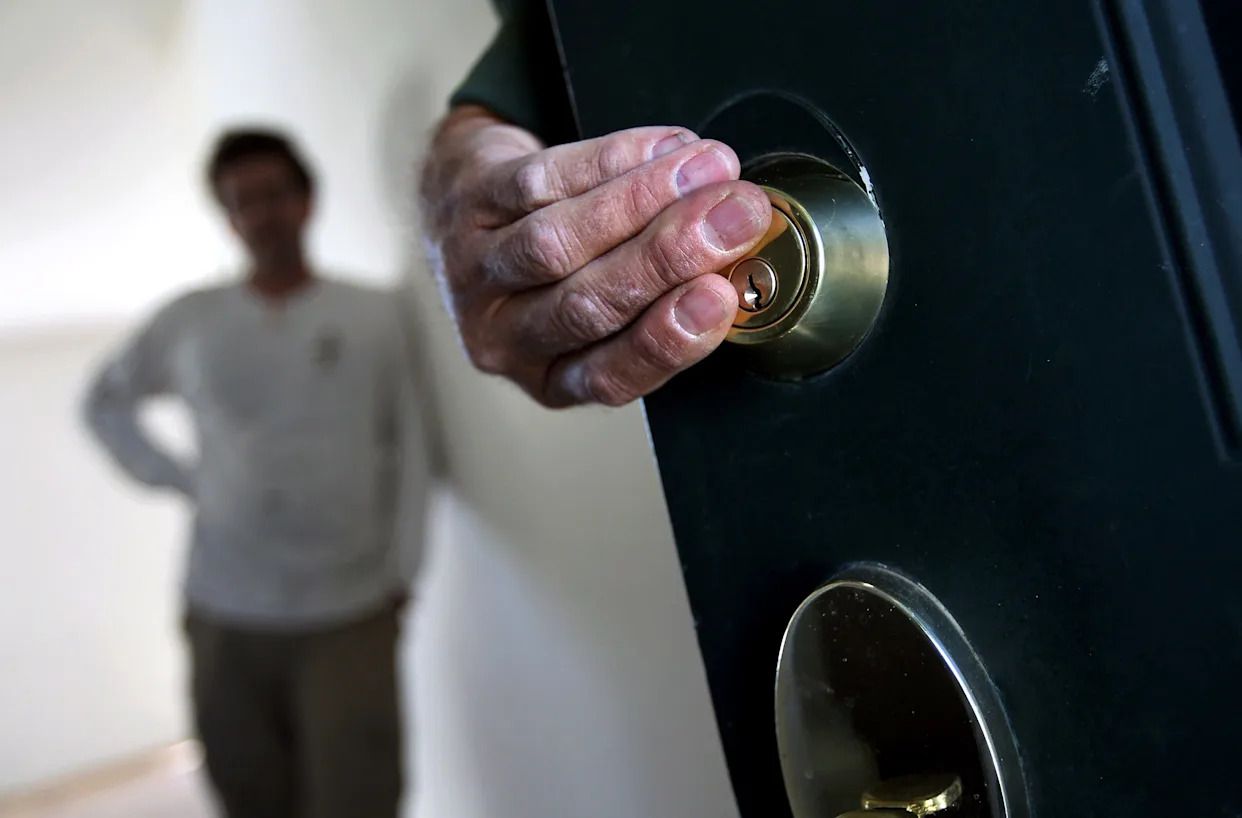The Brief
Putin will lay flowers at the Soviet pilots’ section of Fort Richardson National Cemetery after his Alaska summit with Trump.
The graves are tied to the WWII Lend-Lease Program, when U.S. and Soviet pilots trained together in Alaska.
Many who died in Alaska during training or transit were reburied at Fort Richardson in 1946.
Russian President Vladimir Putin plans to lay flowers at the graves of Soviet pilots in Alaska following his high-stakes summit with President Donald Trump — a symbolic gesture tied to a little-known chapter of World War II history.
The burial site, located at Fort Richardson National Cemetery near Anchorage, honors Soviet airmen who died in Alaska while training or ferrying U.S.-built aircraft to the Eastern Front under the Lend-Lease Program.
What we know
Putin’s visit to the cemetery comes after his one-on-one and expanded meetings with Trump at Joint Base Elmendorf-Richardson. Kremlin spokesman Dmitry Peskov confirmed the flower-laying ceremony to Russian state media, saying it would take place before Putin departs Alaska.
The graves are maintained as part of a dedicated section at Fort Richardson, where white headstones bear the names, ranks and service details of each Soviet pilot.
Live updates: Trump, Putin meeting gets underway in Alaska
What we don't know
It’s unclear whether Putin’s visit to the cemetery will include any official U.S. participation or joint ceremony with American officials.
Russian state media has not said if the flower-laying will be open to press coverage, and the Kremlin has not confirmed whether Putin plans to make remarks at the site.
It’s also unknown whether the visit could lead to any new cooperative efforts between the U.S. and Russia to preserve or commemorate World War II-era sites in Alaska.

Why Soviet pilots were buried in Alaska during World War II
The backstory
During World War II, the United States and the Soviet Union were allies against Nazi Germany. Under the Lend-Lease Program, the U.S. supplied the Soviets with nearly 8,000 aircraft and other war materials.
From 1942 to 1945, Soviet pilots trained alongside American crews in Fairbanks, Alaska, before flying the aircraft over Canada, into Alaska’s interior, and then across the Bering Strait to Siberia. The route, known as the Alaska-Siberia air road, was crucial for delivering planes to the Soviet front lines.
Some Soviet pilots died during training or in transit due to accidents or harsh weather conditions. Initially buried in Fairbanks and Nome, their remains were reinterred in 1946 at Fort Richardson by order of the U.S. administration of the Alaska National Cemetery.
For decades, the Soviet pilots’ resting place was undocumented in official Russian records. In 1990, a delegation from the Soviet Committee of War Veterans confirmed the site’s history.
In 2011, then-Russian President Dmitry Medvedev awarded Virginia Walker, the cemetery’s director, for her role in preserving the graves and ensuring their upkeep. The site remains in pristine condition, with each headstone inscribed in English and Russian.
Big picture view
Putin’s decision to honor the Soviet pilots comes during a tense moment in U.S.-Russia relations, as he and Trump meet to discuss the war in Ukraine and broader global issues. The ceremony underscores a rare point of shared history — a time when Washington and Moscow stood on the same side of a global conflict.
For some Alaskans, the graves are a reminder of the wartime alliance that briefly bridged the vast political and cultural divide between the U.S. and Russia.
The Source
This report is based on information from the Associated Press, Russian state media, the U.S. Department of Veterans Affairs, and historical records from the Soviet Committee of War Veterans.








Comments